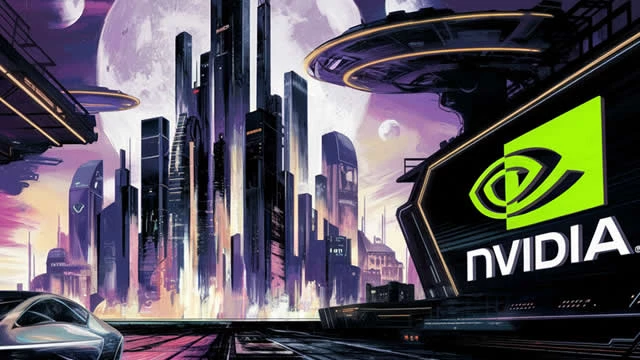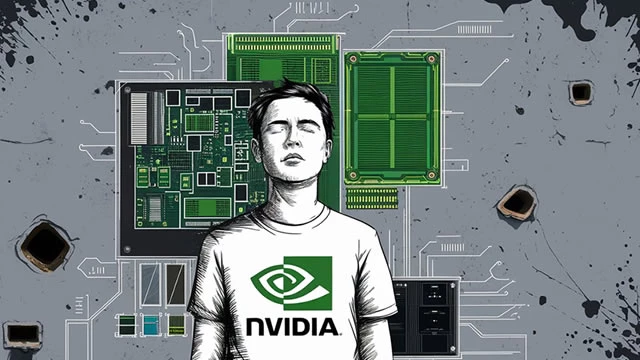IBM (NYSE: IBM), or Big Blue, as it’s often called, has been having challenges and internal dilemmas for nearly a decade now. The company covers a wide range of products and services, from its legendary mainframe computers to Blockchain to software consulting. For anyone looking at IBM’s stock price chart, it may remind more of a roller coaster rather than that of a global tech company. Management issues, questionable business decisions and late arrival to cloud computing only make things more complicated. Has the company lost all its mojo, or could It reinvent itself for the upcoming decades?

So far, 2020 has not been easy for the company, however considering the ongoing Covid pandemic and challenging trading environment, the results are optimistic. For 9 months ending September 30 ,2020 the revenue was $53,253 Billion vs $55,370 Billion in 2019. The company saw revenues declining in all categories except Cloud & Cognitive software, where it achieved 5% growth.
IBM has been expanding its product and service offerings over recent years. The most significant acquisition it had in 2019 was Red Hat, open-source software company targeting Enterprise clients. The decision was driven by the company’s current CEO, Arvind Krishna, who was a senior vice president at the time.
The change of the company’s CEO position earlier this will hopefully allow a better focus on its cloud computing offerings, where it’s currently still a minor player, compared to the industry leaders, such as Amazon, Microsoft, or even Alibaba.
IBM has found itself in a unique position: on one side, the demand and importance of its mainframe products continue to decline, while one the other, it offsets slowing revenues with strong demand for its cloud solutions.
The fact that a substantial number of its current hardware product owners will eventually be migrating to the cloud, it is likely that would switch to IBM’s Cloud solutions.
The less optimistic part is a long-term trend the cloud computing is heading towards commoditized, lower margin services that are easily replaceable. It will also be more difficult for IBM to get to the scale Amazon and Microsoft have managed to do. Amazon achieved this primarily because of its early entry into the sector and its own experience running complicated infrastructure for its own needs. Microsoft’s approach is different, as it has a much broader range of products with deep market penetration in the business sector, which helps to push cloud solutions to exist clients.
IBM will require large capital expenditures on R&D if it wants to catch up with more significant market players, however relentless outsourcing at the helm of the previous CEO, Ginni Rometty, could have contributed to the decline of its once strong R&D culture.
IBM did get its nickname- Big Blue for a reason: it’s big and often slow to react to the market changes and new realities. Even though the company understands its position and the need to steer the ship to the new direction, the next few quarters will be defining the company’s ability to change and adapt. IBM has necessary resources but not necessarily the time to make the changes and markets will continue monitoring its efforts relentlessly.

















Rate this article